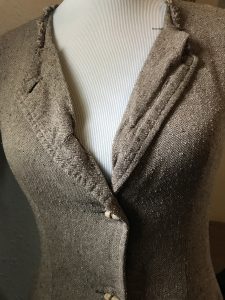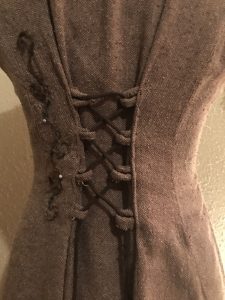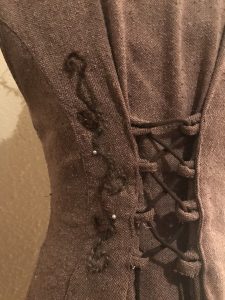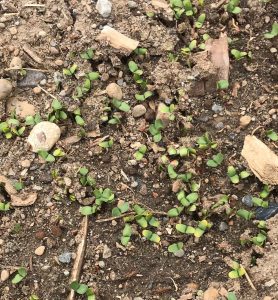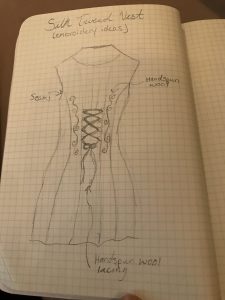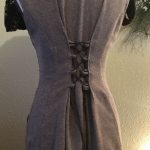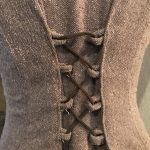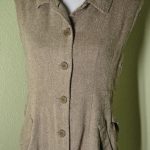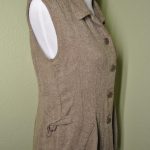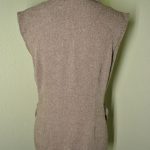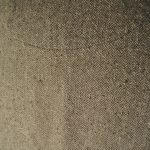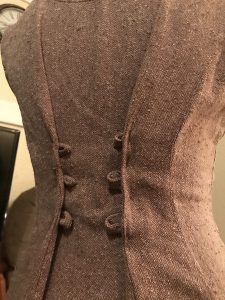For this quarter’s SOS project: Sustainability in Textile Production and Clothing Design, I decided to put the theorizing of last quarter into action. Last quarter, I spent ten weeks researching the history and current practices of textile crafts in an attempt to get a better understanding of how to improve the current model. Over the past five weeks, I have had the opportunity to experience textile and clothing production in three different areas: a full scale wool mill, flax production, and upcycling as well as to continue to broaden my understanding of the science and mechanics behind each method.
My internship with Olympic Yarn and Fiber has really only just begun, largely due to the fact that my supervisor and I have both been out of town for two consecutive weekends. However, the two weekends that I have been able to intern at the mill and alpaca farm have been great learning experiences for me. I began the quarter with little to no experience working mill equipment, but Lynn has been so incredibly helpful in teaching me the ins and outs of working with machinery. I now understand each of the steps in the yarn production process thoroughly and am able to work some of the more simple equipment without supervision. Over the next five weeks I am continuing to intern there, and hope to be able to expand my skills in the fiber mill even further. I am also starting to explore the energy usage of mills and how that relates to fossil fuel consumption, so I plan to continue to dive into that during the rest of the quarter. I have also read a good deal of Fibre Production in South American Camelids and Other Fibre Animals and have learned more about the different kinds of alpaca and how their health and the care given to them affects their wool production.
At the beginning of the quarter, I sowed 0.5lbs of flaxseed (Agatha variety from Fibrevolution) in a 10 x 5 foot bed and have been tracking the growth since. My intention in growing the flax is to eventually produce a sample of linen, but currently the process is relatively hands off since there is not much work required to cultivate that particular crop. It has been really helpful for me to see the fiber process through from plant to fabric and to be able to track each of the resources used every step of the way. I have really only begun this process since my flax to linen project will be continuing into the summer, but I have used to time to read up on the crop through the Flax Council of Canada’s growing guide and have familiarized myself with the conditions necessary to help them thrive. Reading about flax has also helped me to learn about the crops impact on a larger scale.
Finally, the upcycling portion of my project has proven to be the most rewarding so far. I have spent the first five weeks of this quarter reading books like Refashioned and Zero-waste Fashion Design in order to help me design my own completely upcycled outfit. Last week, I successfully finished the first and main piece of my larger design; a raw silk corset-ed vest. I am incredibly pleased with the final product, both from a ‘work required’ perspective and from an aesthetic one. I did not have much experience with upcycling in the past, at least upcycling for a purpose, so I’ve learned a lot about pattern drafting and how to use as much fabric as possible in order to save resources and money.
This quarter I chose to dive into three different areas that I had limited experience with previously and I am thrilled to look back and see how my understanding has broadened in such a short amount of time. In the next five weeks, I hope to have a completed upcycled outfit, flax that is continuing to thrive, and to have learned the basic mechanics of all the fiber mill equipment as well as gained a better idea of how their energy usage affects sustainability in terms of its impact on the planet, the people who inhabit it, and if it is possible to make a steady income off of it.



